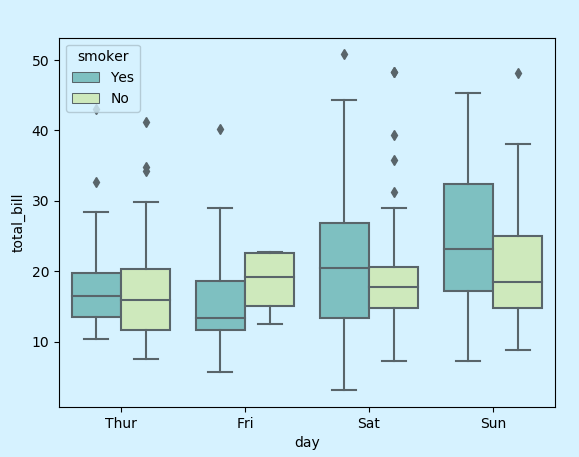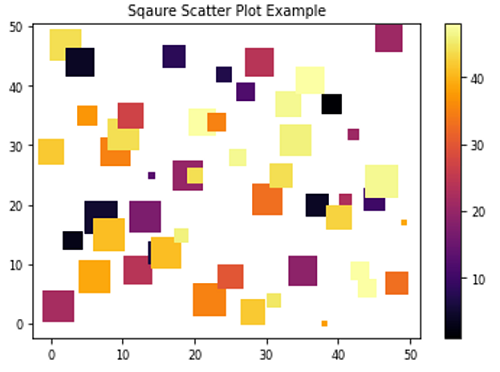

- #Python matplotlib scatter plot full#
- #Python matplotlib scatter plot code#
- #Python matplotlib scatter plot series#
#Python matplotlib scatter plot code#
:( I do hope someone can shed light on this for me! I'm positive my code is not that great, so please don't worry about offending in anyway when it comes to my code!!Įxtra bag of firey-hot cheetos to anyone who can suggest a way forward. What is important however: datapoints that you'll recognize as the same between plots do not contain the same color as should be the case based on the vmin vmax use above (as Tom's code suggests). Please note that this is not the perfect output for my work, but I didn't expend effort making it perfect. Plt.scatter(rf85growthTarray, rf85CuSearray, rf85PFarray, rf85CurrentsArray, vmin=Datavmin, vmax=Datavmax, alpha=0.75) Plt.scatter(growthTarray, CuSearray, PFarray, CurrentsArray, vmin=Datavmin, vmax=Datavmax, alpha=0.75)

Rf85growthTarray = )] PFarray = )]

#Python matplotlib scatter plot full#
This is the 85 watts compared to the full dataset that's current input (there's more data, but this is what I have for now). I'm basically slicing and dicing the data in various ways to try and see a trend. In the below, rf85 is a subset of the arrays for the large batch of experiments where the RF power applied to the system was approximately 85 watts forward. The input came by way of the h5py functions (hdf5 data file import). It doesn't appear to work for my data!! Below is modified code that can be used with my data to produce a plot which wasn't working for me for some strange reason. The results of my coding altering Tom's code above. Of course, you can play with the alpha values.Ok, this isn't really an answer-but a follow-up. Just set the alpha of the scatter points. Modifiable with the same parameters like axis legends. However, in your case in contrast to my examples, your legends would all be the same, so that one legend for the whole figure would be better. to print legend less times one could loop over all axes like for a in axs.flatten(): I constructed this with the code below: colors = '.format(n)) The colours are determined by the value of 'SzT' that each data point belongs to, which is either 1 or 0 (though in the above only '0' is shown). The data structure is like this: SzT Pcp Pcp_3day Pcp_7day Pcp_10day Pcp_14day Pcp_21day Pcp_28day
#Python matplotlib scatter plot series#
I have a series of subplots with red and blue markers, I am most interested in the red markers so want to bring them to the front of the plot:


 0 kommentar(er)
0 kommentar(er)
